SFungal infections that occur on the skin are one of the most common infections in humans. Many people are curious about a natural treatment for nail fungus or toenail fungus, as this is a problem that many people struggle with. Few realise that nail fungus symptoms can actually be a sign of candida virus or a build-up of yeast in the system.
Onychomycosis is the name given to the type of infection that causes fungi to appear on the nails. This is caused by underlying fungal growth from dermatophytes, non-dermatophyte moulds and yeasts (mainly Candida species).
Nails play a crucial role in our overall appearance and health. But what happens when those nails become a breeding ground for unwanted fungi?
Nail fungus is not only an aesthetic concern, but can lead to serious complications if left untreated.
Read on to discover the wonders of nature and how they can help you combat this annoying problem.
[lepopup slug='optin skin problems']- What is nail fungus and why do you get it?
- What are the symptoms of toenail fungus?
- Is it contagious?
- Alternative treatments for nail fungus
- Natural treatment
- Oils: Nature's Solution to Nail Fungus
- Internal treatment (internal)
- External treatment (external)
- Nail fungus treatment over the counter (homemade - alternative)
- DIY treatments for nail fungus
- Treatment with apple cider vinegar
- Treating nail fungus with Tea tree oil
- Treating nail fungus with Tamanu oil
- Can you get nail fungus from nail polish?
- Can you go swimming when you have it?
- Preventing Nail Fungus: Tips and Tricks
- Conclusion
What is nail fungus and why do you get it?
Fungus on the nails - nail fungus - is a fungal infection that most commonly affects the toes and therefore toenails. It can also occur on the fingernails, but this is less common.
Nail fungus is a common condition where fungi infect the nails. But how do you get it? From public showers to contaminated manicure tools, the causes are many. The symptoms? Discoloured, brittle and thickened nails.
Most often, nail fungus is associated with athlete's foot.
What are the symptoms of toenail fungus?
Most common symptoms of nail fungus are inflammation, swelling, discolouration (typically the nail becomes more yellow), the nail may thicken and begin to grow in a curved shape and sometimes in different directions.
Things that give nail fungus a good reason to grow are when the nail is constantly moist, the skin's acidity is high and your immune system is low. Bad washing habits and diabetes also provides a breeding ground for nail fungus.
If left untreated, nail fungus can result in broken and split toenails. Ultimately, you could risk losing the nail altogether.
Is it contagious?
Nail fungus is not considered to be particularly contagious. Toenail fungus, on the other hand, is almost always preceded by athlete's foot, which is contagious and spreads from person to person via infected skin scales.
Athlete's foot can spread to the nails and later develop into nail fungus. When talking about the risk of infection with nail fungus, it is therefore important to distinguish whether there is also athlete's foot.
Image of nail fungus
What nail fungus looks like on your toes

Alternative treatments for nail fungus
To get rid of nail fungus, you need to treat it via two methods; internally and externally.
With holistic treatment, you should also have a certain amount of patience, as we are usually talking about a healing process that takes up to 1-2 months with daily use.
You also need to have good willpower. You should do these treatments every day as often as indicated. Don't skip and avoid being lazy about the treatments. You need to do them every single day to ensure a good result. Which methods are the best in testing is a matter of trial and error, as it can vary from person to person.
The answer to many people's questions is that it is possible to remove nail fungus yourself. However, you shouldn't go too long without a better result before seeing a doctor and possibly getting an antifungal medication.
Natural treatment
Nail fungus is a common problem that affects many people. It is a condition where the nail turns yellow or brown and develops white or black spots. Nail fungus can be very painful and can make it difficult to perform daily tasks such as driving a car.
The good news is that there are treatments for nail fungus that can be used at home. Tea tree oil and tamanu oil are two natural remedies that have been shown to be effective in treating nail fungus.
Tea tree oil and tamanu oil are two natural remedies that have been proven effective against the most common form of nail fungus.
Oils: Nature's Solution to Nail Fungus
When thinking about beauty and health, it's easy to overlook the small details, like our nails. But for those who have experienced nail fungus, they know how important it is to take care of them. Luckily, nature has given us some of the most effective solutions in the fight against nail fungus: natural oils.
Why oils?
Oils have been used in traditional medical systems around the world for centuries. They are known for their healing properties and ability to penetrate deep into the skin. This makes them ideal for treating superficial skin problems such as nail fungus.
The most effective oils against nail fungus
Some of the most recognised oils for treating nail fungus include:
Tea Tree Oil: This oil is known for its antifungal properties. A few drops on the infected nail daily can help kill the fungus and promote healthy nail growth.
Lavender oil: As well as having a soothing scent, lavender oil also has antifungal properties. It can be mixed with tea tree oil for a more potent treatment.
Oregano Oil: This powerful oregano oil is known for its antibacterial and antifungal properties. But be careful as it can be very strong and should be diluted before use.
How to use the oils For the best results:
- Clean the infected area thoroughly.
- Apply a few drops of your chosen oil directly onto the nail.
- Massage gently to ensure the oil is well absorbed.
- Let it dry naturally.
- Repeat daily until the infection clears.
Essential Oils
Essential Oils
Internal treatment (internal)
Since nail fungus feeds on the sugars in your bloodstream, you need to treat it by consuming the right antifungal foods. This means avoiding unhealthy sugars from white bread, sweets, chocolate, fizzy drinks, beer, etc. You can still eat fruit, but you should choose fruits that have an antifungal effect. These include pears and bananas. You can also benefit from consuming a tablespoon of coconut oil (for internal use) daily, as this also contains anti-fungal properties.
In addition, you should aim for a high-protein and high-fibre diet.
So start by consuming a more fibre-rich diet. Due to its structure and our inability to absorb it, fibre passes through our digestive system unabsorbed by digestive enzymes and acids, bringing with it toxins, waste, fat and cholesterol particles that can otherwise accumulate in the intestines.
Because you're eliminating most sugars and grains from your diet, in addition to fibre, you should also increase the amount of protein-rich foods.
External treatment (external)
The second part of the treatment is external. First, it is recommended that you cut your toenail as far down as possible without hurting yourself. Next, you should use a cotton pad and apply the mixture below. Apply this over your toenail and secure it with some plastering tape to cover your toenail. Wear this bandage for most of the day and change it about every three hours or four times a day.
Others prefer to simply apply the mixture directly to the nail and leave it on without using a cotton pad or tape. It's up to you.
It's also recommended that you give your toe with nail fungus plenty of air and sunlight when you can get away with it.
Recommended natural products for skin, hair and body
Natural Raw Materials
Beard oils
Vegetable oils
Vegetable oils
Natural Raw Materials
Essential Oils
Vegetable oils
Essential Oils
Nail fungus treatment over the counter (homemade - alternative)
DIY treatments for nail fungus
Nail fungus can be a troublesome and sometimes painful condition. While there are many commercial products available to treat it, there are also a number of home-based solutions that many have found effective. Here are some DIY treatments you can try if you suffer from nail fungus.
1. apple cider vinegar: Apple cider vinegar is known for its antifungal properties.
- Here's how to do it: Mix equal parts of apple cider vinegar and water in a bowl. Soak your feet in the mixture for 20-30 minutes daily. Dry your feet thoroughly afterwards.
2. Baking powder and baking soda: Baking soda can't kill the fungus, but it can prevent its growth.
- Here's how to do it: Mix baking soda and baking powder with a little water to make a paste. Apply this paste directly to the infected nail and let it sit for 10 minutes before rinsing off.
3. Coconut oil: Coconut oil contains fatty acids that can penetrate the cell walls of the fungus and kill it.
- Here's how to do it: Apply a small amount of pure coconut oil to the affected area 2-3 times a day.
4. Garlic: Garlic has antifungal properties that can fight nail fungus.
- Here's how to do it: Crush a few cloves of garlic and apply it to the infected area. You can also mix garlic oil with an equal amount of white vinegar and apply the mixture to the nail.
5. Aloe Vera: Aloe Vera is known for its healing and calming properties.
- Here's how to do it: Apply pure aloe vera gel to the infected area several times a day.
While these DIY treatments can be effective, it's important to remember that severe cases of nail fungus may require professional treatment. If you don't see improvement after a few weeks or if the condition worsens, consult a doctor. Prevention, like keeping your feet dry and clean, is also key to avoiding nail fungus in the future.
Treatment with apple cider vinegar
- Mix equal parts water and apple cider vinegar and soak your foot/toenail for half an hour daily. You can do this while surfing the web, organising bills, watching a Friends episode or anything else.
Apple cider vinegar balances the acidity, while the acid keeps the fungus from spreading. It kills bacteria and fungi.
When you're done, remember to dry your feet and especially your toenails really well.
Treating nail fungus with Tea tree oil
- Mix a few drops tea tree oil in a teaspoon of vegetable oil. We recommend tamanu oil, as this oil has anti-fungal and antibacterial properties.
Tea tree oil Fights bacteria and fungus and is often used for other skin infections as well. Tea tree oil is a natural antiseptic, so it's great for treating infections.
Essential Oils
Treating nail fungus with Tamanu oil
- If you want to have an oil with you when you're in town that you can quickly apply in a public toilet, for example, then tamanu oils God.
As mentioned, it has anti-bacterial properties, but is also one of the few vegetable oilsthat actually works as an antifungal without the addition of other ingredients.
Tamanu oil is available as a 30ml pipette bottle or you can transfer it into a rollerthat can be easily rolled over the skin.
Whether you use a blend with tea tree oil or tamanu oil alone, make sure to spread the contents well over the entire nail, roots and around the infected toenail. Some people also use a soft toothbrush to make sure they get it all over.
Always remember to wash your hands thoroughly after each treatment.
Vegetable oils
Can you get nail fungus from nail polish?
To get nail fungus, you need to get fungal spores on your skin. These are generally always associated with athlete's foot, which then spreads to the toenails and develops into nail fungus.
Therefore, you cannot get nail fungus by applying nail polish to your nails. However, you shouldn't borrow or use other people's nail polish, as you can't be sure that they don't have these spores. If they do, you risk transferring these spores through the brush.
In addition, there are medicated nail polishes that also contain antifungal agents (amorolfine, ciclopiroxolamine).
Can you go swimming when you have it?
Many people worry that nail fungus is contagious at the swimming pool. Again, we can only mention that nail fungus is not contagious. Athlete's foot does, however, through fungal spores from the skin. It spreads from person to person and it is therefore always a good idea to wear flippers.
In general, be aware of areas where many people are travelling without footwear. There is a risk of becoming infected with fungal spores.
Preventing Nail Fungus: Tips and Tricks
Nail fungus can be more than just a cosmetic nuisance; it can also be painful and lead to further complications if left untreated. Fortunately, there are several ways to prevent this condition. Here are some tips and tricks to keep your nails healthy and fungus-free.
1. Keep your feet dry: Fungus thrives in moist environments. Always make sure to dry your feet thoroughly after bathing, especially between your toes.
2. Change your socks regularly: If your socks get wet from sweat, change them. Consider using socks that draw moisture away from the skin.
3. Wear breathable shoes: Avoid shoes made of synthetic materials. Leather or canvas shoes can help keep feet dry.
4. avoid walking barefoot: Especially in public areas such as swimming pools, showers and changing rooms. Always wear flip-flops or shower shoes.
5. Keep your nails short and clean: Long nails can retain moisture and give fungus a place to grow. Cut them regularly and keep them clean.
6. Use antifungal foot powder: This can help keep your feet dry and protect against fungus.
7. Avoid sharing footwear or nail tools: Fungus can easily be transmitted from person to person. Always use your own equipment and avoid borrowing others'.
8. Be careful with artificial nails and manicures: Make sure nail salons sterilise their tools. If you use artificial nails, make sure they are not too dense as moisture can get trapped under them.
9. Strengthen your immune system: A strong immune system can help fight infections, including nail fungus. Eat a healthy diet, get regular exercise and make sure you get enough sleep.
[lepopup slug='optin skin problems']Conclusion
Nail fungus is a fungus on the nails and most commonly appears as an infection, discolouration or swelling on the toenail area. By itself, nail fungus is not considered to be particularly contagious, but it is often associated with athlete's foot, which is contagious.
It's therefore a good idea to check on other family members to make sure there are no more cases. There are both internal and external solutions to the problem. Internal treatment often involves regulating sugar intake and external treatment can be traditional medicine or an alternative treatment.
We recommend a combination of both. Always remember to consult with your doctor before making your choice.
Danish sites:
https://www.sundhed.dk/borger/patienthaandbogen/hud/sygdomme/neglelidelser/neglesvamp/
https://netdoktor.dk/tema/fod/svampnegle.htm
https://www.apotekeren.dk/aktuelt/neglesvamp-maa-aldrig-negligeres
Foreign sites:
https://www.nhs.uk/conditions/fungal-nail-infection/
https://www.mayoclinic.org/diseases-conditions/nail-fungus/symptoms-causes/syc-20353294
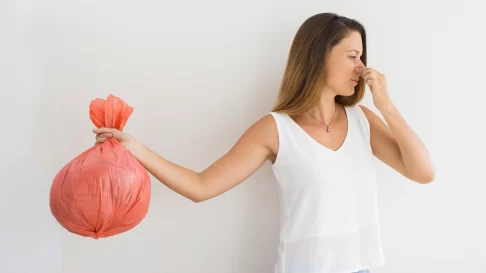




















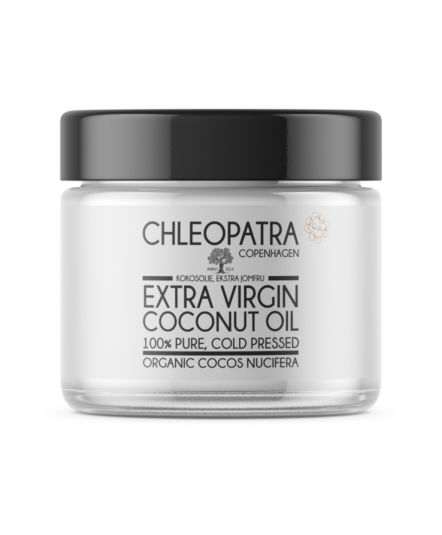















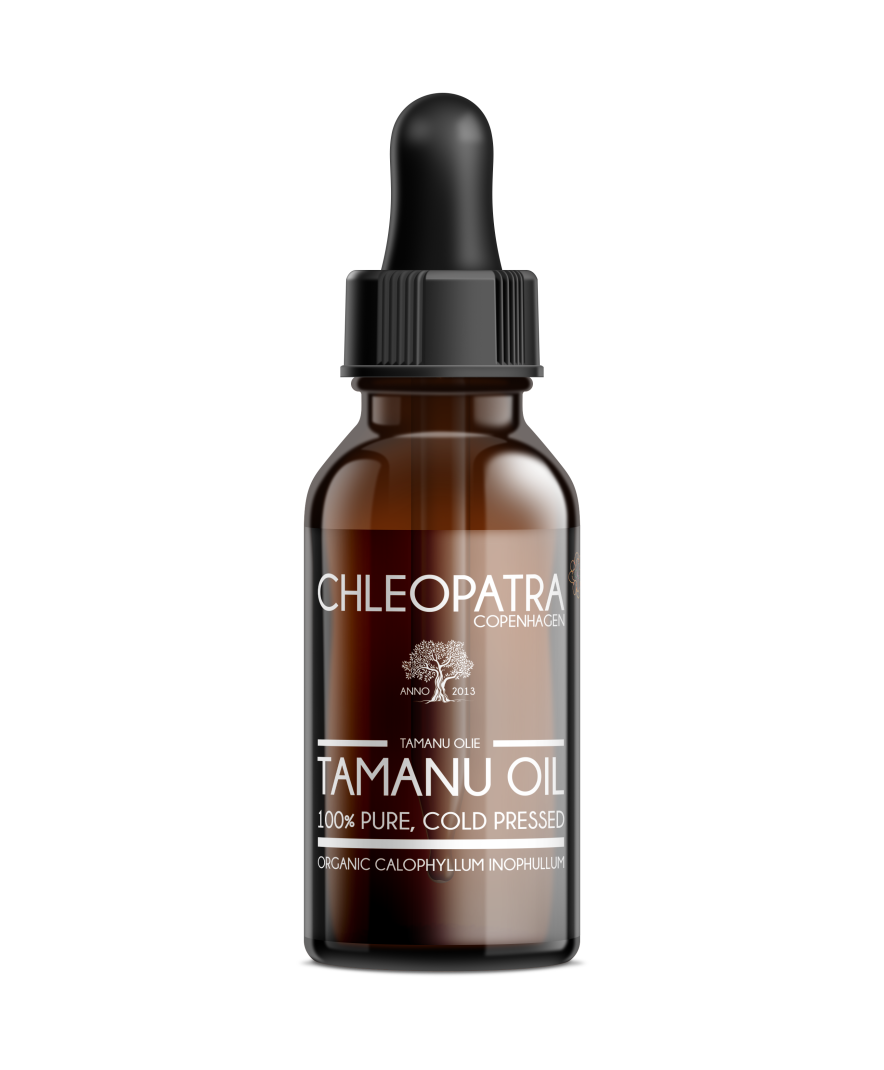
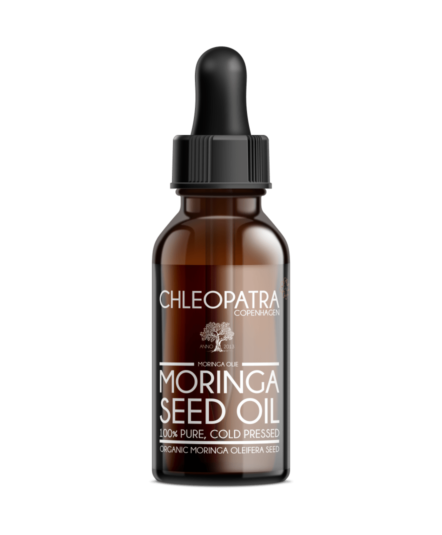

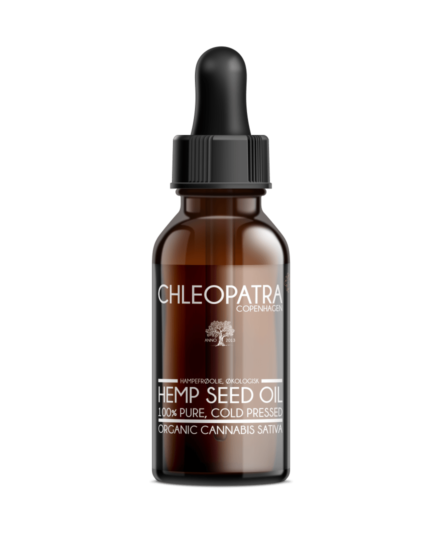


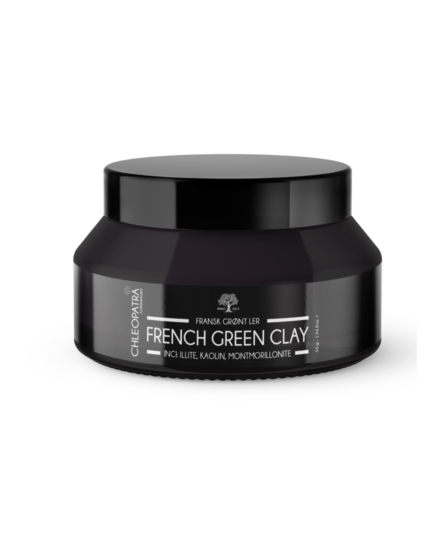

Hi :-)
I can't seem to figure out what kind of mixture I need to make for this one:
"External treatment (external)
The second part of the treatment is external. First, it is recommended that you cut your toenail as far down as possible without hurting yourself. Next, you should use a cotton pad and apply the mixture below. Apply this over your toenail and secure it with some plastering tape to cover your toenail. Wear this bandage for most of the day and change it about every three hours or four times a day.
Others prefer to simply apply the mixture directly to the nail and leave it on without using a cotton pad or tape. It's up to you.
It's also recommended that you give your toe with nail fungus plenty of air and sunlight when you can get away with it."
Could you elaborate on this?
Regards. Lone
Hi Lone,
This doesn't mean you have to do all three things at the same time.
Either cover your toenail with the mixture or simply place it over the toenail.
And as often as possible, toenails will benefit from fresh air and sunlight.
If you choose the first method on a daily basis, it means you have to choose the second method on days when you wear sandals in the sun.
The treatment itself is one of the three below, the first of which can only be used on special occasions; with apple cider vinegar.
The other two options with tea tree oil or tamanu oil or a mixture of the two are the blend in question.
Hope that makes sense.